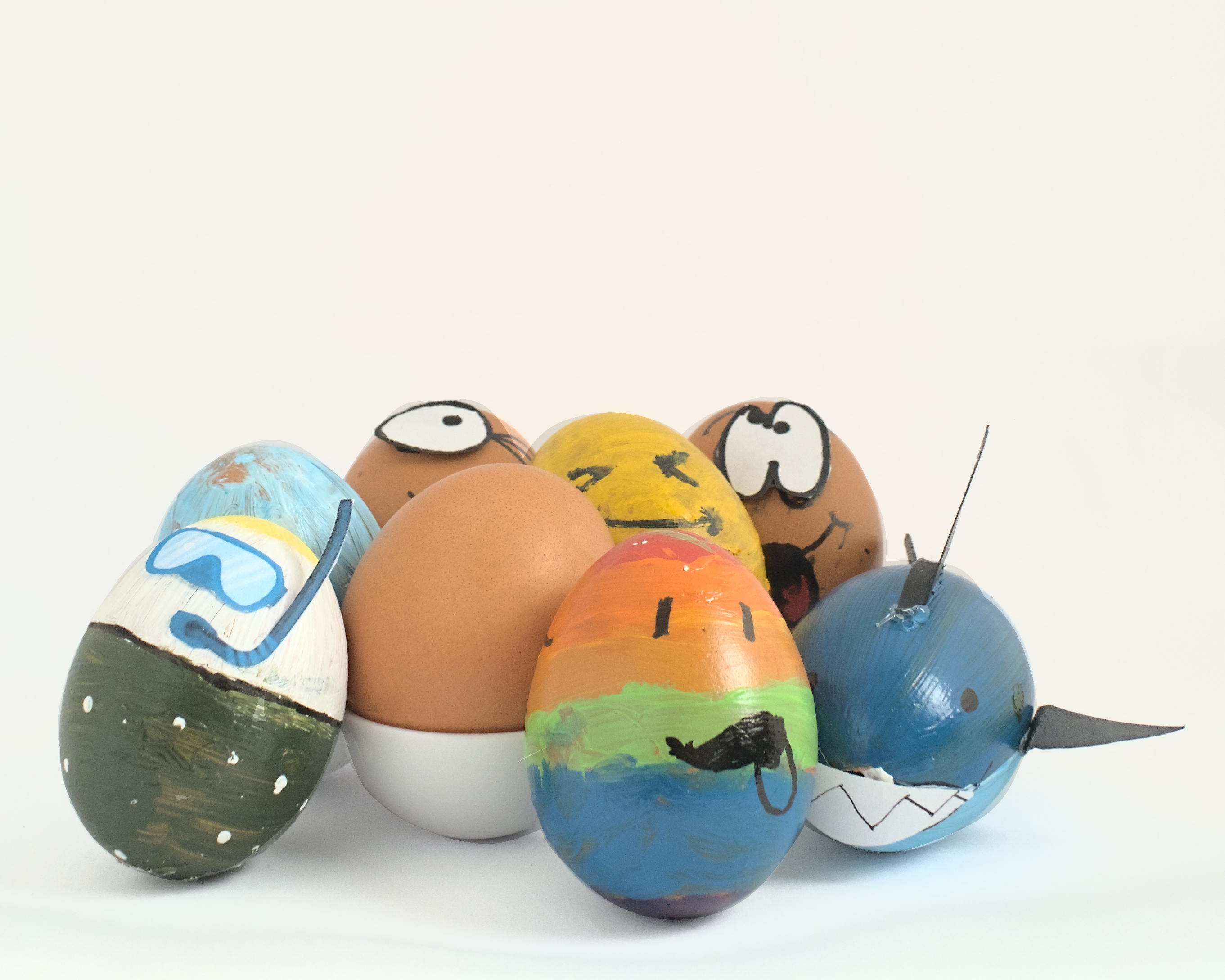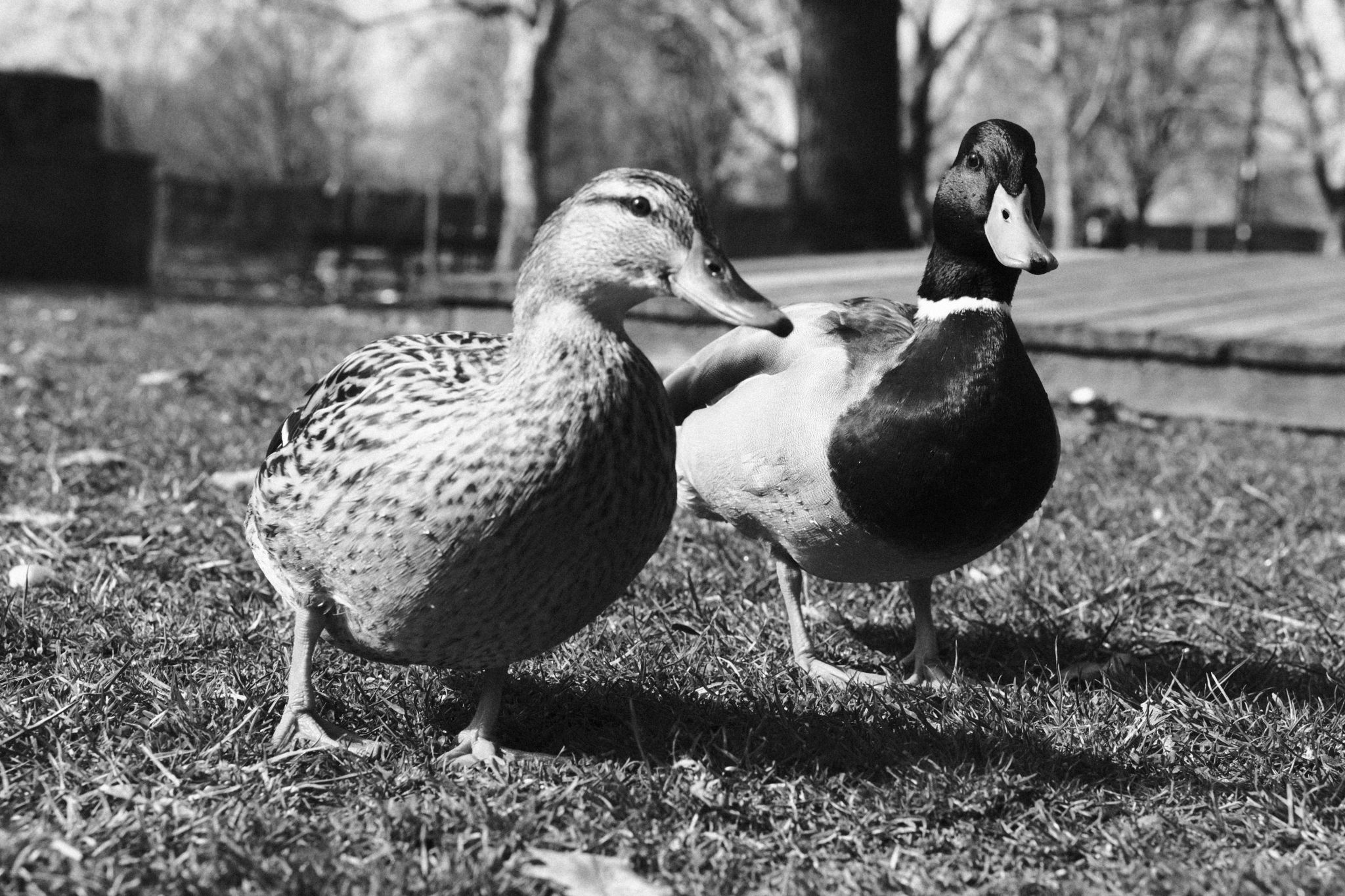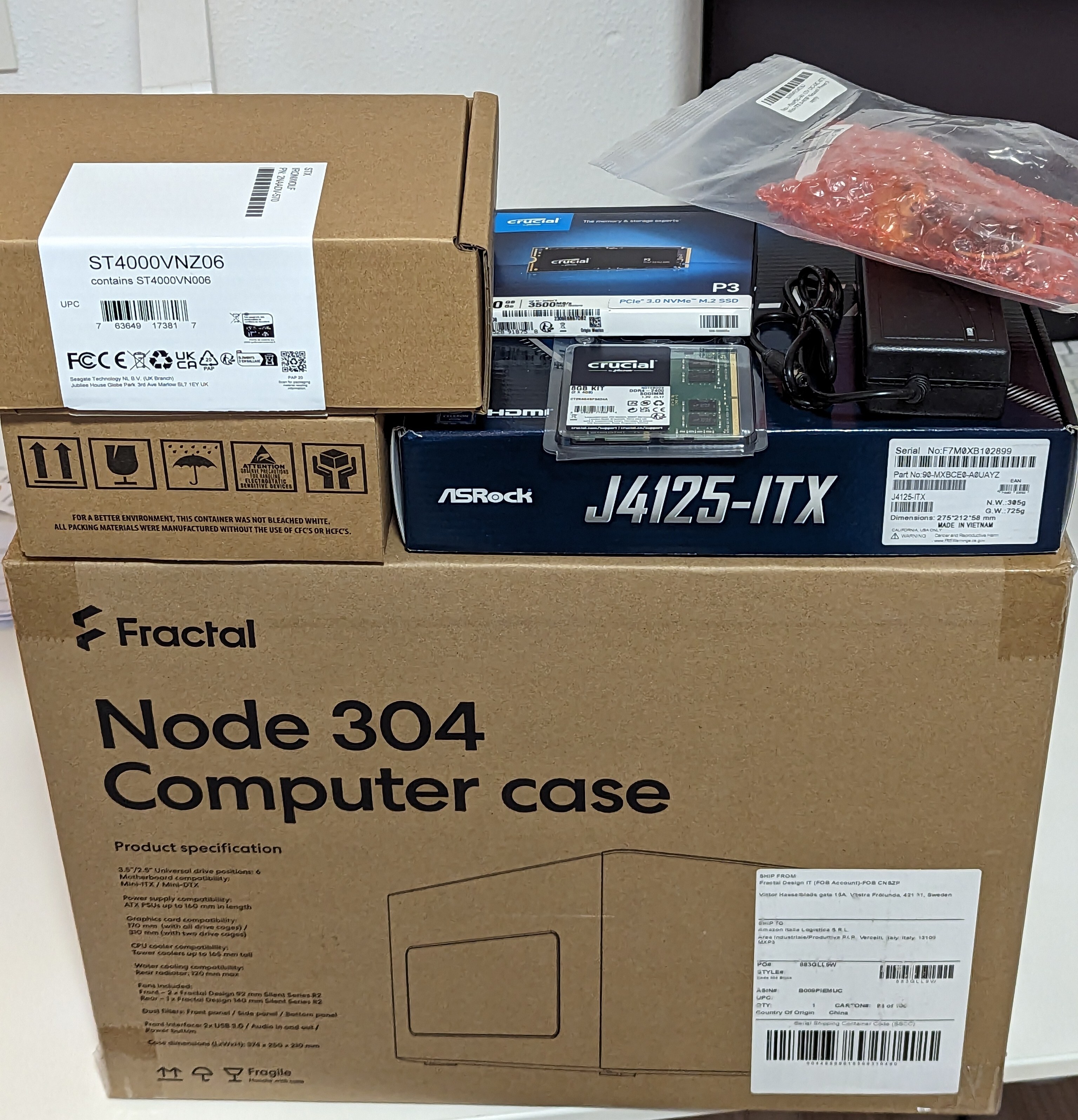Yeah, but I like the "two weeks" one better, it waits at least four days until the next popup. The other one, the lil X, waits like four minutes
I was today old when I learned that the software's called btop++, not just btop :)
hunter2
it doesn't look like *s to me
how do you "register" your esim?
I think not many people are aware of that. No matter how well you build the systems with this type of AI, they don't yet know. Now, maybe they're useful, maybe not, but this awareness that everything is actually just made up, by statistics and such, is lacking from peoples minds.
It's probably AI-supported slop.
(Not to be confused with our premium product, ParticleServices, which just shoot neutrinos around one by one.)
Even this is forum-like though. It's a forum of people talking about a topic that interests them. It just happens to be distributed.
Sure -> I'm not smart enough to explain it like you're five, but maybe 12 or so would work?
The problem
The problem here is that you're not adding 1 + 2, or 0.1 + 0.2. You're converting those to binary (because computers talk binary), then you're adding binary numbers, and converting the result back. And the error happens at this conversion step. Let's take it slow, one thing at a time.
decimal vs binary
See, if you are looking at decimal numbers, it's kinda like this:
357 => 7 * 1 + 5 * 10 + 3 * 100. That sequence, from right to left, would be 1, 10, 100, ... as you go from right to left, you keep multiplying that by 10.
Binary is similar, except it's not 1, 10, 100, 1000 but rather 1, 2, 4, 8, 16 -> multiply by 2 instead of 10. So for example:
00101101 => right to left => 1 * 1 + 0 * 2 + 1 * 4 + 1 * 8 + 0 * 16 + 1 * 32 + 0 * 64 + 0 * 128 => 45
The numbers 0, 1, 2, 3..9 we call digits (since we can represent each of them with one digit). And the binary "numbers" 0 and 1 we call bits.
You can look up more at simple wikipedia links above probably.
bits and bytes
We usually "align" these so that we fill with zeroes on the left until some sane width, which we don't do in decimal.
132 is 132, right? But what if someone told you to write number 132 with 5 digits? We can just add zeroes. So call, "padding".
00132 - > it's the same as 132.
In computers, we often "align" things to 8 bits - or 8 places. Let's say you have 5 - > 1001 in binary. To align it to 8 bits, we would add zeroes on the left, and write:
00001001 -> 1001 -> decimal 5.
Instead of, say, 100110, you would padd it to 8 bits, you can add two zeroes to left: 00100110.
Think of it as a thousands separator - we would not write down a million dollars like this: $1000000. We would more frequently write it down like this: $1,000,000, right? (Europe and America do things differently with thousands- and fractions- separators, so 1,000.00 vs 1.000,00. Don't ask me why.)
So we group groups of three numbers usually, to have it easier to read large numbers.
E.g. 8487173209478 is hard to read, but 8 487 173 209 478 is simpler to see, it's eight and a half trillion, right?
With binary, we group things into 8 bits - we call that "byte". So we would often write this:
01000101010001001010101010001101
like this:
01000101 01000100 10101010 10001101
I will try to be using either 4 or 8 bits from now on, for binary.
which system are we in?
As a tangential side note, we sometimes add "b" or "d" in front of numbers, that way we know if it's decimal or binary. E.g. is 100 binary or decimal?
b100 vs d100 makes it easier. Although, we almost never use the d, but we do mark other systems that we use: b for binary, o for octal (system with 8 digits), h for hexadecimal (16 digits).
Anyway.
Conversion
To convert numbers to binary, we'd take chunks out of it, write down the bit. Example:
13 -> ?
What we want to do is take chunks out of that 13 that we can write down in binary until nothing's left.
We go from the biggest binary value and substract it, then go to next and next until we get that 13 down to zero. Binary values are 1, 2, 4, 8, 16, 32, ... (and we write them down as b0001, b0010, b0100, b1000, .... with more zeroes on the left.)
-
the biggest of those that fit into 13 seems to be 8, or 1000. So let's start there. Our binary numbers so far: 1000 And we have 13 - 8 = 5 left to deal with.
-
The biggest binary to fit into 5 is 4 (b0100). Our binary so far: b1000 + b0100 And our decimal leftover: 5 - 4 = 1.
-
The biggest binary to fit into 1 is 1 (b0001). So binary: b1000 + b0100 + b0001 And decimal: 1 - 1 = 0.
So in the endl, we have to add these binary numbers:
` 1000 0100 +0001
b1101 `
So decimal 13 we write as 1101 in binary.
Fractions
So far, so good, right? Let's go to fractions now. It's very similar, but we split parts before and after the dot.
E.g. 43.976 =>
- the part before the dot (whole numbers part) -> 1 * 3 + 10 * 4 = > 13
- the part after it (fractional part) -> 0.1 * 9 + 0.01 * 7 + 0.001 * 6
Or, we could write it as: 9 / 10 + 7 / 100 + 6 / 1000.
Just note that we started already with 10 on the fractional part, not with 1 (so it's 1/10, 1/100, 1/1000...)
The decimal part is similar, except instead of multiplying by 10, you divide by 10. It would be similar with binary: 1/2, 1/4, 1/8. Let's try something:
b0101.0110 ->
- whole number part: 1 * 1 + 2 * 0 + 4 * 1 + 8 * 0 (5)
- fractional part -> 0 / 2 + 1 / 4 + 1 / 8 + 0 / 16 -> 0.375.
So b0101.0110 (in binary) would be 5.375 in decimal.
Converting with fractions
Now, let's convert 2.5 into binary, shall we?
First we take the whole part: 2. The biggest binary that fits is 2 (b0010). Now the fractional part, 0.5. What's the biggest fraction we can write down? What are all of them?
If you remember, it's 1/2, 1/4, 1/8, 1/16... or in other words, 0.5, 0.25, 0.125, 0.0625...
So 0.5 would be binary 1/2, or b0.1000
And finally, 2.5 in decimal => b0010.1000
Let's try another one:
13.625
- Whole number part is 13 -> we already have it above, it's b1101.
- Fractional part: 0.625. The bigest fraction that fits is 0.5, or 1/2, or b0.1. We have then 0.625 - 0.5 = 0.125 left. The next fraction that fits is 1/8 (0.125), written as b0.0010.
Together with b0.1000 above, it's b0.1010 So the final number is:
b1101.1010
Get it? Try a few more:
4.125, 9.0625, 13.75.
Now, all these conversions so far, align very nicely. But what when they do not?
Finaly, our problem.
1 + 2 = 3. In binary, let's padd it to 4 bits: 1 -> the biggest binary that fits is b0010. 2 -> the biggest thing that fits is b0010.
b0001 + b0010 = b0011.
If we convert the result back: b0011 -> to decimal, we get 3.
Okay? Good.
Now let's try 0.1 + 0.2.
- decimal 0.1 => 1 / 10.
How do we get it in binary? Let's find the biggest fraction that fits: 1/16, or 0.0625, or b0.0001
What's left is 0.1 - 0.0625 = 0.0375.
Next binary that fits: 1/32 or 0.03125 or b0.00001. We're left with 0.00625.
Next binary that fits is 1/256
... etc etc until we get to:
decimal 0.1 = b0.0001100110
We can do the same with 0.2 -> b0.0011001100.
Now, let's add those two:
` b0.0001 1001 10 +b0.0011 0011 00
b0.0100 1100 10 `
Right? So far so good. Now, if we go back to decimal, it should come out to 0.3.
So let's try it: 0/2+1/4+0/8+0/16+1/32+1/64+0/128+0/256+1/512+0/1024 => 0.298828125
WHAAAT?
It's not a monopoly, but it's still an oversized influence on the market. I think the poster is arguing that: when have you heard a recruiter ask you for your bitbucket account? But they will look at github.





Actually that usually is how it works. Unfortunately.
*Too big to fail" was probably made up by the big ones.